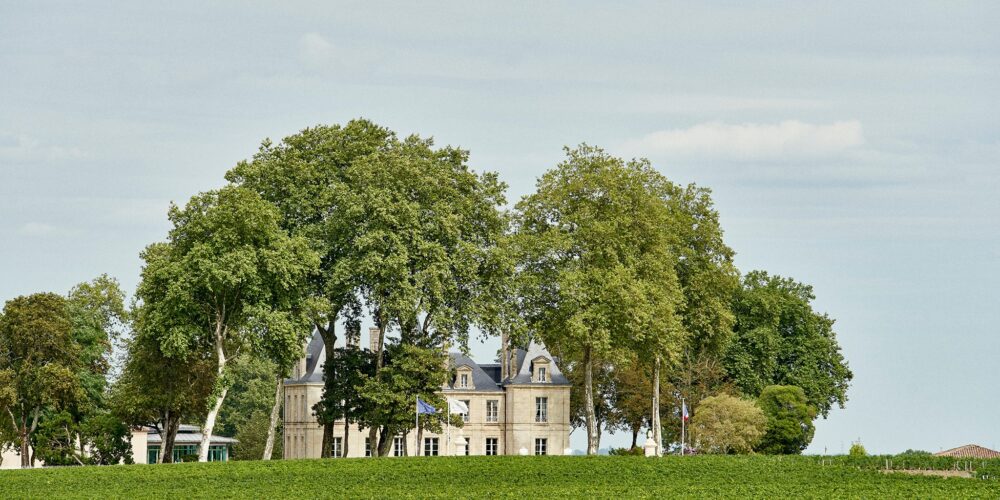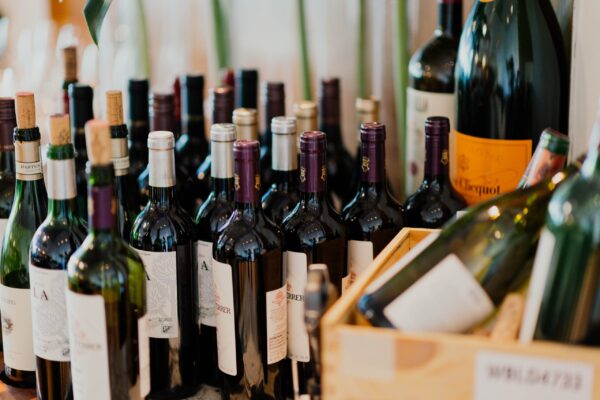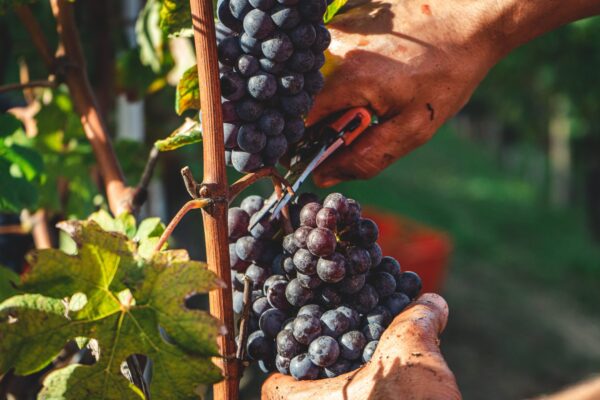Wine is often considered as a work of art and for some it is a real passion. It has brought people together for centuries, is served with every special meal and is an immediate focus of conservation. Whether between novices or connoisseurs, discussions about wine sometimes turn into heated debates. It is true that opinions differ when it comes to defining what makes a fine wine. So the question is how do you define fine wine?
Definition of fine wine
Everyone has their own definition of what makes a “fine wine”. To judge whether a wine can be called a fine wine or not, various aspects can be considered.
- For some people, fine wine is wine that brings them great pleasure. This is subjective, though, as the notion of pleasure is personal to each of us.
- For others, a fine wine is one that is expensive. If a wine is expensive, it is because it is in high demand. And if it is in high demand, there can be no question about its quality.
- The notion of “age worthiness” also comes into the equation for some wine lovers. Good ageing potential is deemed to be a guarantee of superior quality.
- In the case of the wine tasting expert, one of the aspects on which they judge wine is balance. Is the wine perfectly balanced? This isn’t always an obvious thing to tell.
The three defining features of fine wine, according to French master sommelier Laurent Derhé
Whether you are talking about sweet wine, or red, white or sparkling wine, and whether it is from Burgundy, Bordeaux or the Rhone or Loire Valley, fine wines all have three things in common.
Aromatic Complexity
More than aromatic intensity, it is the wine’s aromatic complexity that should be considered. What is aromatic complexity? This is quite simply when you are able to identify aromas belonging to several different categories, such as floral, fruity, mineral, spiced or even animal aromas. A combination of three, four or even five of these families of aromas is the first characteristic sign of a fine wine.
Balance
Balance is the second characteristic feature of fine wine. Of course, there are some very powerful fine wines, with very structured tannins. However, there are also very delicate and very elegant fine wines. This difference is the result of the grape varieties and winegrowing terroirs. Fine wine made from Burgundy Pinot Noir will be nothing like that made from the great Cabernet grapes of the Médoc. It sort of goes without saying. Nevertheless, both qualify as “fine wine”. What matters, therefore, isn’t the sugar, acidity or tannins, but the balance between all of these components. With fine wine, you have an impression of harmony.
Length (Caudalies)
The third and final feature is length on the palate. Also referred to as Intense Aromatic Persistency (IAP), length is the time during which you can still taste the flavours of the wine’s finish. This duration is sometimes measured in “caudalies” (one caudalie equals one second). Fine wines will most often reach nine to ten caudalies.
The definition of fine wine, though, remains something very personal. Admire, smell, taste and share your impressions and perceptions. As we all taste things differently, it is important not to be influenced by others.
Learn more
While the notion of fine wine is a highly subjective and personal, that of a Grand Cru is clearly defined and regulated. So what is a Grand Cru? And why do talk about Classified Châteaux in Bordeaux? In this article we tell all.



